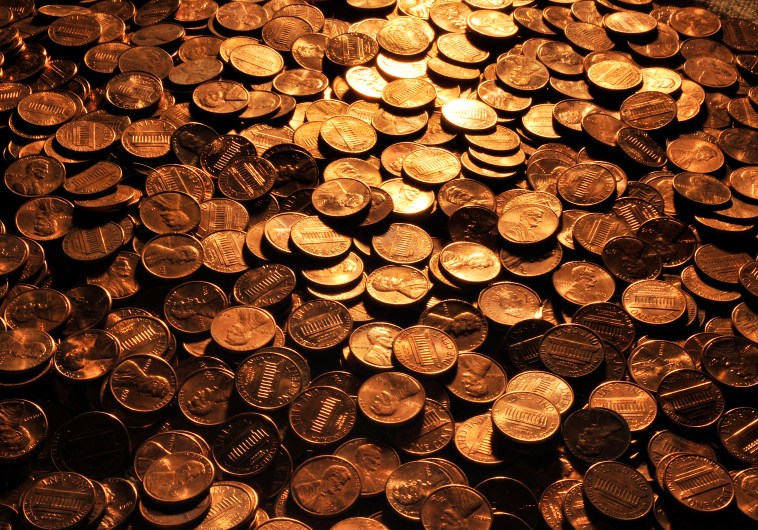There are more discontinued units of currency in United States history than the number of circulating units of currency today.
Videos By Rare
Among the coins, the country has done away with the half-cent, 2-cent, 3-cent, half-dime (not a nickel), 20-cent, $3 piece, $4 piece, and various others. Go back to the 1800s, and there were $500, $1000, $5000, $10,000, and even $100,000 dollar bills circulating.
The reason for discontinuing these currencies was quite simple: they became outmoded. Why bother keep bills of enormous denominations when they were mainly used by financial institutions that could instead use checks or transfer money electronically?
People often get hung up over the thought of abolishing the penny, but not over all the prior currency denominations we’ve been able to function without. Perhaps it’s because many of these discontinued currencies can be created by combinations of existing currencies. Abolishing the 20-cent coin has no effect because we can pay or give change with two dimes instead, the 2-cent coin can be replaced with two pennies, the 3-cent coin with three pennies, and so forth.
But what happens when we get rid of our lowest unit of currency?
This brings us to the case of the half-cent coin, which is a denomination lower than the penny. The reason for its removal from circulation in 1857 was for the same reason many want to discontinue the penny today: it costs more to produce than to make. Today, it costs just under two cents (1.99 cents to be exact) to produce a penny.
The pro-penny group “Americans for Common Cents” conducted their own poll showcasing the fears of Americans that removal of the penny would cause businesses to round their prices upward. And in case you’re wondering why someone would devote an entire research organization to the penny, it’s because their funding comes directly from the zinc-lobby.
Is there some merit to the argument that abolishing the penny would cause retailers to round the prices of their goods upwards to the nearest $0.05, rather than down? In Canada, which has done away with its cent, something costing $1.01 or $1.02 would be rounded down to $1.00, while something priced $1.03 or $1.04 is rounded up to $1.05. No rounding is done when the transaction is paid for by check, or a credit/debit card. The government of Canada mandates these rounding standards, and thus prevents businesses from only rounding upward.
After examining the data from 200,000 transactions from 20 gas stations and convenience stores, Wake Forrest University professor Robert Whaples concludes that the consumer would actually see a net benefit of one cent for every 40 transactions had prices been rounded.
The opportunity cost of time is also worth considering. Consider this thought: is it worth your time picking up a penny off the ground? If you value your time at $10 an hour and it takes you more than 3.6 seconds to pick that penny up, it is not worth your time.
This brings me to another point: that the average American wastes 2.4 hours of their time handling pennies each year. This amounts to a net loss of about $50 for the average wage earner if we value their time as such. So even if the conclusions of Whaples are incorrect and people do spend a few extra dollars a year due to rounding (and the only counter studies I found suggested that – just a few dollars), that effect will be negated by the time we’ve gotten back in absence of the penny.
It’s worth noting that most U.S. currency is not made of paper, lead, nickel, or copper – it’s electronic. A mere 7% of U.S. currency is paper and coin, while the remainder is electronic. If someone really is concerned about paying an extra few dollars a year, they can evade that problem by paying with a debit or credit card.
If we’re going to be cost-conscious in coining currency, what about other coins that cost more to produce than they’re worth? Americans for Common Cents for instance points out that the nickel costs 11 cents to produce, which is at a larger loss than to create a penny. So perhaps it’s time to retire the nickel as well. At the time of its abolition, the half-cent coin had an inflated adjusted value of 11 cents as of 2010.
Due to inflation, we’ve technically already had our smallest unit of currency be less than the penny in the not so distant past. In 1973, the penny then had the purchasing power of a nickel today. Go as far back as 1913, and the penny had the purchasing power of a quarter.
If the economy of 1913 could survive with something worth 25 cents as its lowest unit of currency, certainly the economy today can function just fine with nickels or dimes.

